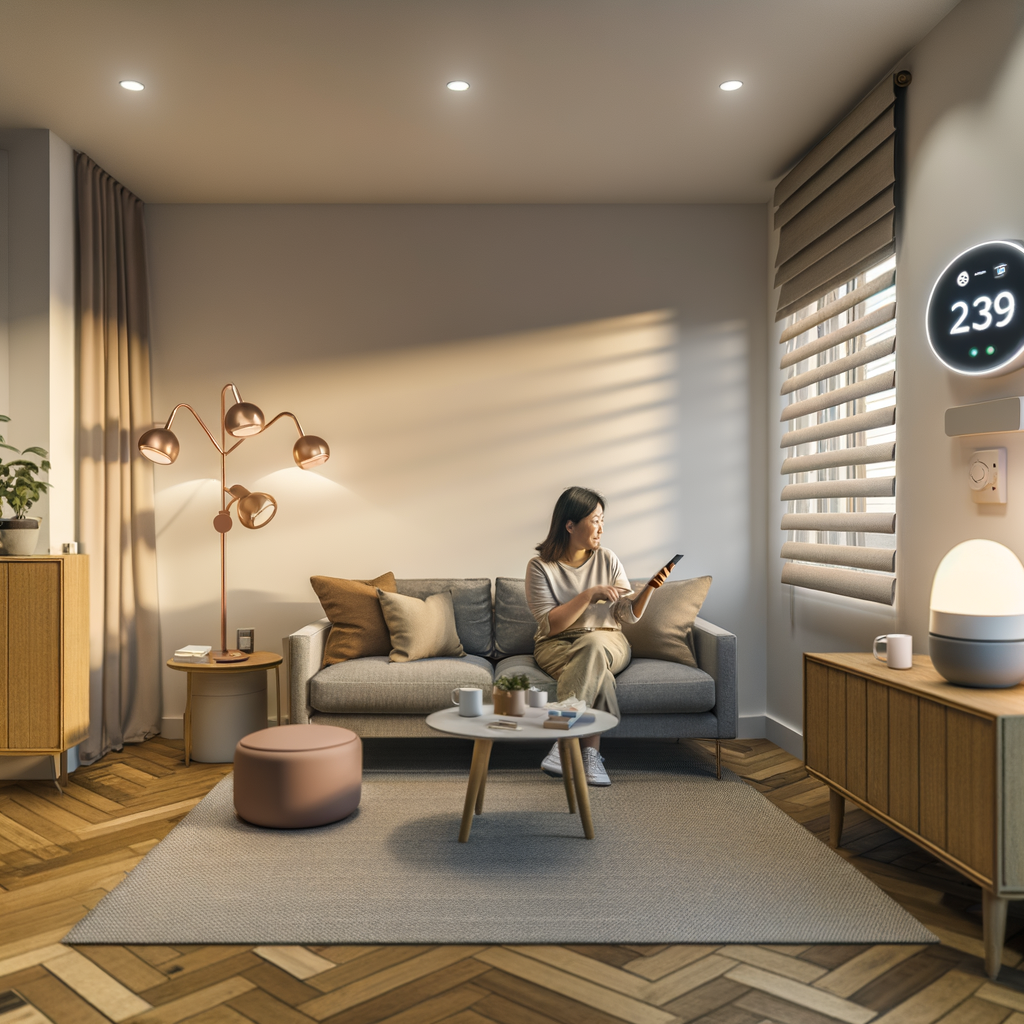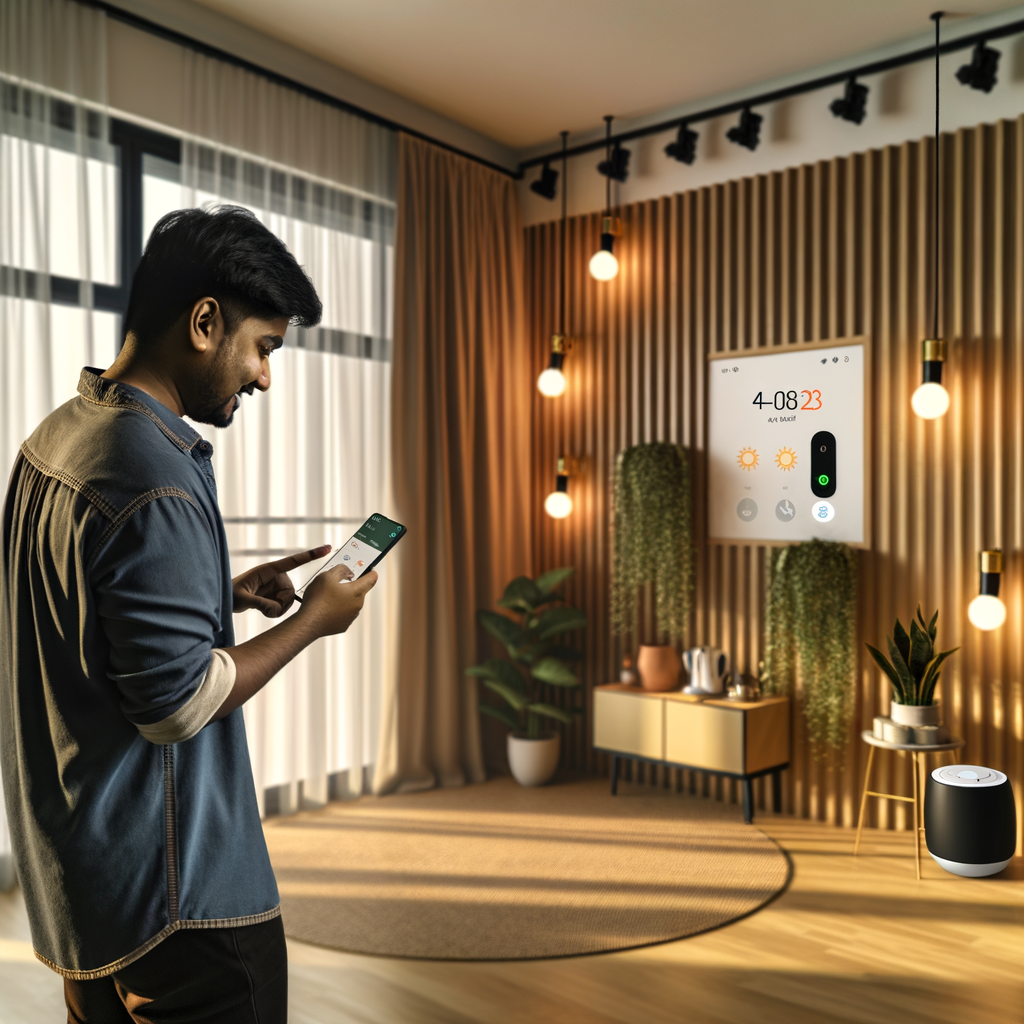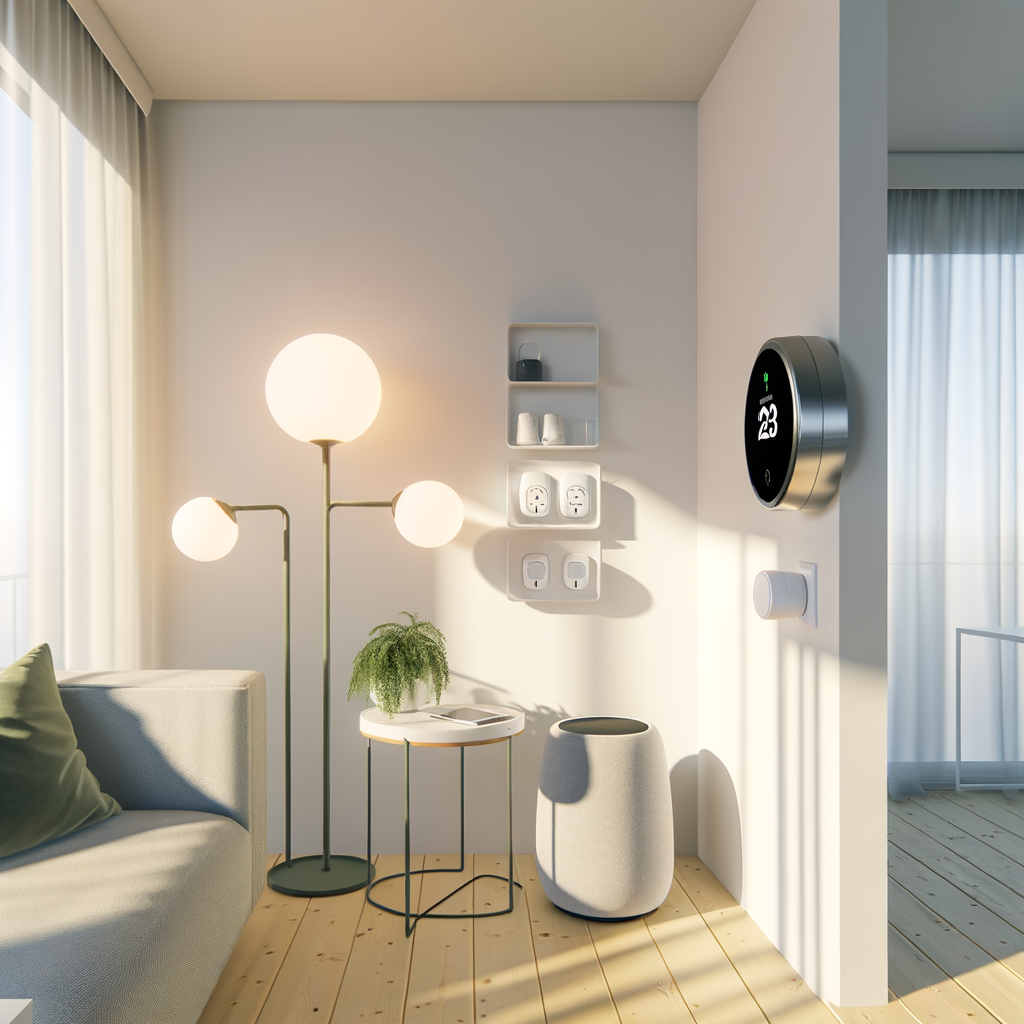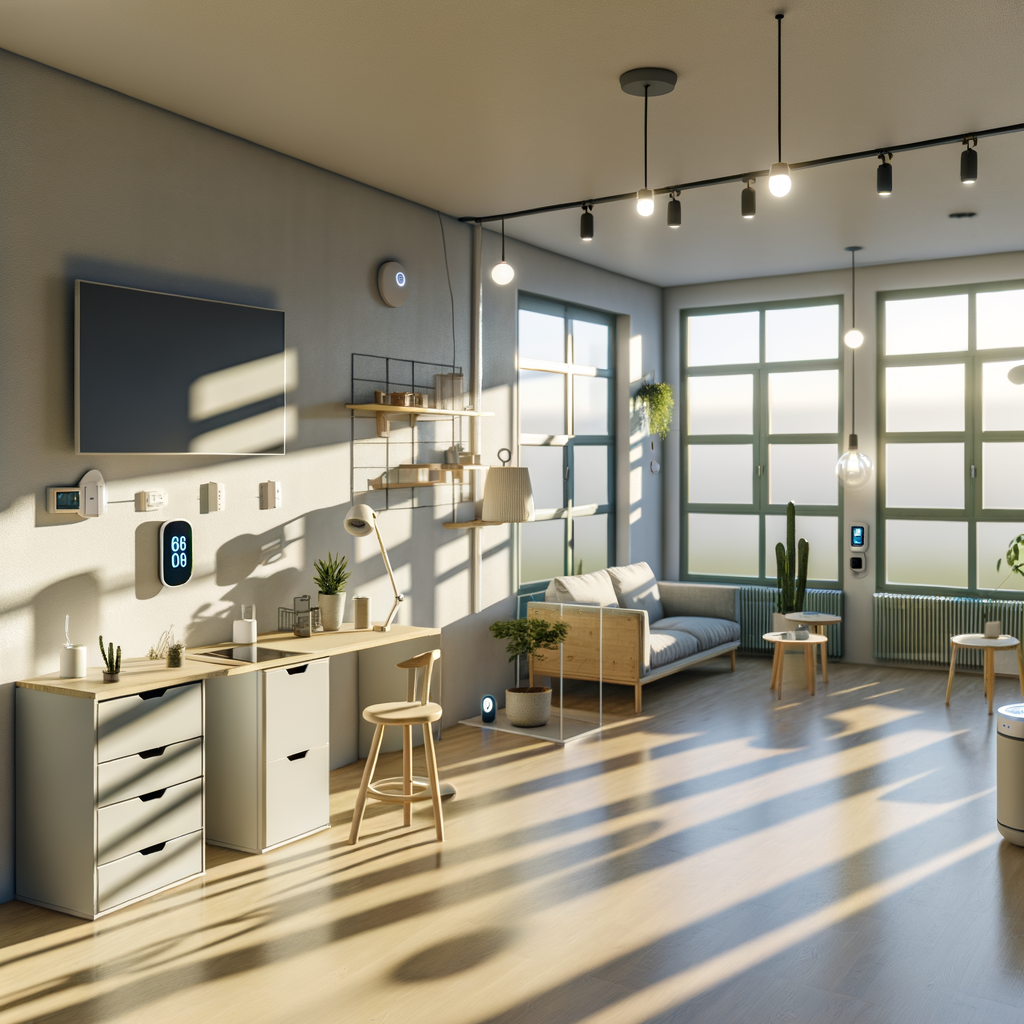How to Turn Your Rental Into a Smart, Energy-Efficient Home Without Breaking the Lease
Dreaming of a high-tech, energy-saving home but limited by rental restrictions? You’re not alone. While homeownership offers the freedom to make any upgrades you want, renters often feel stuck with inefficient appliances, drafty windows, and basic lighting. Fortunately, transforming your rental into a smart, sustainable oasis is absolutely possible—without risking your deposit or landlord’s approval.
In this guide, we’ll show you how to boost comfort, cut your bills, and reduce your footprint. All with simple, landlord-friendly solutions that can move with you when your lease is up.
Why Focus on Energy Efficiency and Smart Tech?
Energy-efficient apartments and homes come with immediate and long-term benefits:
- Lower utility bills: Save money by using less power, without sacrificing comfort.
- Smaller carbon footprint: Use less energy and reduce greenhouse gas emissions.
- Convenient control: Smart tech makes it easy to automate, schedule, and monitor your home—even remotely.
- Improved comfort and security: Create a streamlined, safer living environment with minimal effort.
Let’s get started on your rental-friendly, sustainable upgrade journey.
Smart and Sustainable Upgrades for Renters
1. Install Plug-In Smart Thermostats
Most rentals have basic thermostats—sometimes even ancient manual dials. While you can’t typically swap hardwired units without permission, some smart thermostats are designed for plug-in portable air conditioners, space heaters, or baseboard heaters. These devices offer:
- Scheduling: Program your heat or AC around your daily routine.
- Remote control: Adjust temperatures from your phone.
- Energy reports: See how much you’re spending and adjust to lower consumption.
Look for smart plugs or “inline” thermostats that require zero permanent installation and simply plug into your device and the wall.
2. Upgrade to Smart Plugs and Power Strips
Phantom (standby) loads from electronics waste energy even when devices are off. Smart plugs give you total control—just plug your lamp or appliance in, open an app, and set a schedule or use a timer. Benefits include:
- Easy scheduling: Set your devices to turn on/off automatically.
- Energy monitoring: Some smart plugs let you track real-time energy usage.
- No hardwiring needed: Perfect for renters.
3. Swap Out Light Bulbs for LEDs and Smart Bulbs
This quick and lease-friendly swap can cut your lighting energy use by up to 80%. For added convenience, use smart bulbs to create scenes, automate schedules, and control remotely via smartphone or voice assistants like Alexa or Google Assistant.
- Choose ENERGY STAR LEDs: They last years and use a fraction of the power of incandescents.
- Color and temperature control: Adjust warm and cool tones—or set the mood with colors.
- Simple install/removal: Simply swap out bulbs before you move.
4. Add Smart Window Treatments
Your windows are often the number one source of wasted energy. Address temperature loss (and gain) without complicated installation:
- Thermal curtains: Insulated drapes keep warm (or cool) air inside.
- Removable window film: Applies in minutes to reduce heat loss and block sun glare; peels off cleanly at move-out.
- Smart blinds: Battery-powered options can open/close on a schedule or via app—no drilling required.
5. Use Weatherstripping and Draft Stoppers
Drafts around doors and windows can raise your heating and cooling costs. Luckily, you can fight leaks with these renter-friendly solutions:
- Adhesive weatherstripping: Seals cracks but peels off when you move.
- Draft snakes: Place along the bottom of doors to stop chilly air from sneaking in.
- Outlet and switch gaskets: Foam inserts behind outlet covers block leaks, especially in older buildings.
6. Leverage Smart Home Hubs and Voice Assistants
Centralize control of all your smart devices with an affordable smart home hub or speaker. Enjoy hands-free convenience:
- Automate routines: “Good night” can trigger lights out, temperature down, and devices off.
- Remote control: Adjust settings when you’re away or just feeling lazy.
- Simple set-up: Most connect via Wi-Fi or Bluetooth—no landlord approval needed.
7. Choose Energy-Efficient Portable Appliances
If your rental comes with old, inefficient kitchen or laundry appliances, supplement or replace with your own (if allowed):
- Induction hot plates: Safer and more efficient than resistance burners—especially in small kitchens.
- Countertop dishwashers: Use less water and energy than handwashing or full-size models.
- HEPA air purifiers: Many models are Energy Star certified and help improve indoor air quality.
8. Monitor Your Energy Consumption
Knowledge is power! Equip outlets or your main breaker panel (with landlord permission) with energy monitor devices:
- Smart plugs with monitoring: Track real-time usage of individual devices from your phone.
- Whole-apartment sensors: Some clip around your main power line for a holistic view (requires permissions, but no wiring changes).
- Set reduction goals: Challenge yourself to drop your utility bills by a certain percentage each month.
Quick Tips to Save Energy—No Gadgets Needed
Smart devices are powerful, but simple habits also add up fast. Try these no-cost tweaks:
- Unplug devices when not in use (especially chargers, toasters, TVs, and game consoles).
- Open/close curtains strategically: Let sun in to warm up rooms, or keep them shut to block heat on hot days.
- Use power strips to completely cut power to groups of electronics when not needed.
- Lower the thermostat 2–3° in winter, and raise it in summer. Wear season-appropriate clothing to stay comfortable.
- Air dry clothes and dishes when possible, instead of using machines.
- Keep vents clear so heating/cooling flows efficiently.
How to Stay Landlord-Friendly
Making upgrades should never risk your deposit. Here’s how to stay on the right side of the lease agreement:
- Read your lease: Some contracts prohibit even minor modifications; others just require everything to be removable.
- Focus on non-permanent changes: Choose plug-in, peel-and-stick, or easily uninstallable devices.
- Get written approval: If you’re hoping to install anything that needs screws, drilling, or wiring changes, always get your landlord’s OK in writing.
- Document before-and-after: Take time-stamped photos so you can restore everything when you move out—and prove you left things as you found them.
Smart Home Upgrades: What to Avoid in Rentals
Some energy-saving upgrades are best left for homeowners or given explicit approval by your landlord. Avoid:
- Hardwired smart thermostats that require rewiring.
- Cutting holes or drilling: No new wiring, switches, or permanent fixture changes.
- Major appliance swaps unless your lease allows it.
- Solar panels: Rooftop arrays are usually a landlord-level investment only.
When in doubt, choose upgrades that revert in minutes and can move to your next rental




